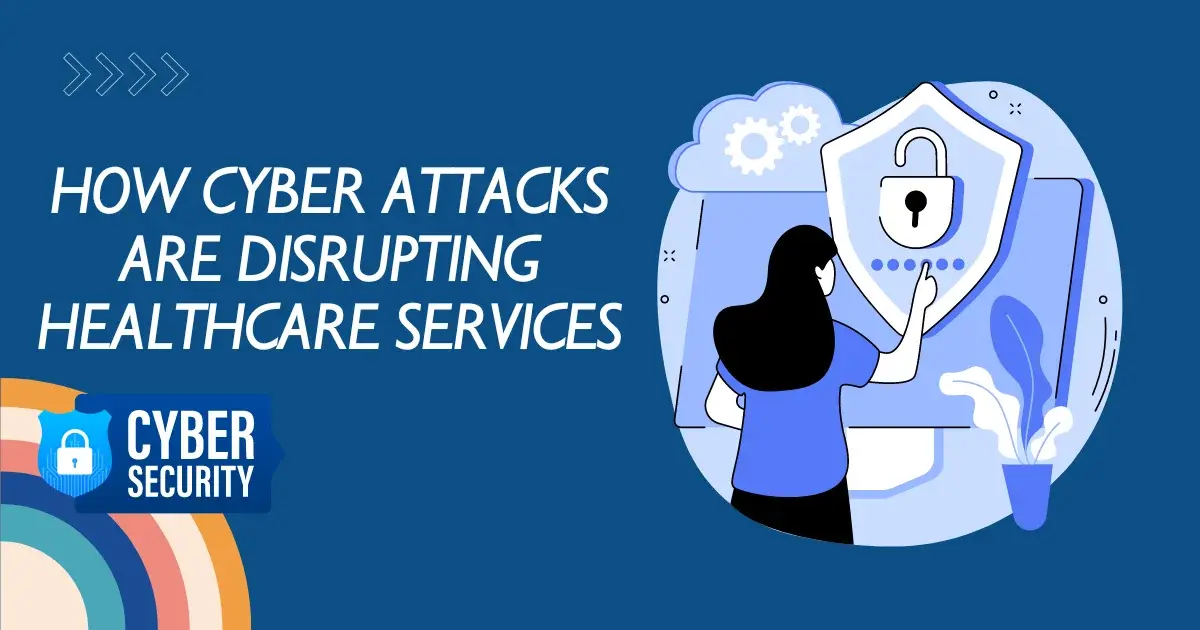Navigating the Cyber Seas: Understanding Compliance in Cybersecurity
Table of Contents
ToggleEvery organization is subjected to a continuous threat in the broad domain of cyberspace. It’s more like trying to navigate the stormy, pirate-infested high seas. In this digital age, you must secure your ship – your data and systems in it. Since it is a journey to solve the puzzle of cybersecurity compliance and find out the way to sail the cyber seas safely, welcome aboard.
Amidst the bustling businesses of Chicago, where success echoes through vibrant streets, robust cybersecurity is paramount. Facing unique challenges in the digital landscape, businesses in Chicago rely on essential cyber security services to navigate compliance and the turbulent cyber seas.
What is Compliance in Cybersecurity?
You may not know it, but cybersecurity compliance is the compass that steers your ship through the digital domain. This includes a set of rules, standards, and regulations that you follow to help protect your digital assets from the constantly changing cyber threat landscape.
The Importance of Cybersecurity Compliance
Why Compliance Matters in the Cyber Era
Evolution of Cyber Threats: The emergence of more advanced technologies has made cyber threats to be more elaborate. Compliance offers an organized way to deal with these emerging threats appropriately.
Global Connectivity: Compliance also ensures a worldwide governing protocol for safeguarding sensitive information in the growing interconnected world.
Reputation Management: It may minimize your business’ image. A breakdown can cause you to lose the trust of customers, and this can harm your brand and, at the same time, affect your profitability.
Achieving Cybersecurity Compliance: A Step-by-Step Guide
Do not be afraid of the waters in cybersecurity compliance. Here is a simple guide to assist you in your journey to compliance and maintaining this status.
Assess Your Current State
Identify Assets: List your digital assets such as data, software, and hardware. The first step is comprehending what needs protection.
Risk Assessment: Evaluate potential threats and vulnerabilities. This enables you to focus on areas that need quick attention.
Choose Applicable Standards and Regulations
Research: Learn relevant industry-specific standards and regulations. Common Frameworks include GDPR, HIPAA, ISO 27001, and NIST cyberscience frailty.
Customization: Adapt these standards to your own organization’s unique use. There is seldom a one-size-fits-all approach in the dynamic world of cybersecurity.
Develop Policies and Procedures
Create a Framework: Develop a holistic cyber security framework mapped onto the selected standards. This should encompass data handling policies, access control, incident response, and many others.
Employee Training: Make sure your team knows and lives these policies. Make sure you organize regular training sessions to raise awareness about the newest cybercrime or learn about best practices out there.
Implement Security Controls
Firewalls and Antivirus Software: Implement overarching security tools to prohibit unauthorized access and malicious activities.
Encryption: Encrypt sensitive data in motion and at rest.
Monitor and Evaluate Regularly
Continuous Monitoring: Put in place more tools and processes for real-time monitoring of your cybersecurity posture. It enables you to identify and take action on threats as they occur.
Regular Audits: Perform frequent/back-to-back cyber audits to confirm your compliance efficacy. Make necessary improvements using the findings.
Challenges in Achieving Cybersecurity Compliance
Resource Constraints: Small and medium-sized enterprises experience resource constraints when it comes to having strong cybersecurity on board. Dealing with such a challenge demands unique solutions and order of priority.
Human Factor: Despite the advanced technology, human error continues to be a significant problem. It is for this reason that educating and creating awareness among the employees is essential.
Rapid Technological Changes: Technological change can occur much faster than an organization can keep up with. It entails taking a forward-looking stand on policies and technologies.
Conclusion
As we end our voyage across the turbulent waters of cybersecurity compliance, it is essential to note that the threat environment continues to evolve. Being updated on new threats and taking them into account in your strategies is therefore crucial when properly sailing on these waters.
In a fast-changing digital environment where cyber threats are as unpredictable as tides, compliance remains your anchor that brings you to the ways you should keep in order to meet any storm. Therefore, raise your sails high, prepare yourself with knowledge, and sail in this cyber sea without fear!





